In today’s digital world, the promise of “free” software, movies, and music from pirated websites is a constant temptation. However, this illusion of getting something for nothing hides a complex web of piracy dangers and costs that far outweigh any perceived benefit. The act of engaging in pirated downloads is not just an ethical issue; it is a serious financial and security risk. This article uncovers the true price of piracy, from the immediate cybersecurity threats to the long-term legal and economic repercussions for individuals and organizations. The pirated software risks are especially severe for businesses, where a single download can compromise an entire network, leading to costly data breaches and penalties for copyright infringement.
Table of Contents
Key Takeaways
- Malware Hotbeds: Pirated websites are primary distribution channels for malware, including ransomware, spyware, and Trojans, posing severe cybersecurity threats to individuals and organizations.
- Legal & Financial Penalties: Downloading copyrighted material illegally can lead to significant legal consequences, including hefty fines and potential imprisonment for copyright infringement.
- Organizational Vulnerabilities: For businesses, pirated software introduces critical vulnerabilities, risking data breaches, compliance failures, and reputational damage. These are some of the key pirated software risks that businesses face.
- Hidden Economic Costs: The perceived “free” nature of pirated content is an illusion; users often pay through system damage, data loss, identity theft, and costly recovery efforts.
- Erosion of Trust & Innovation: Piracy undermines the creative industries, stifles innovation, and contributes to a less secure and less ethical digital ecosystem for everyone.
Cybersecurity Quagmire: A Breeding Ground for Malware
One of the most immediate and significant piracy dangers is the high probability of encountering malware. These sites are notorious for bundling malicious software with the content they offer. What looks like a free copy of a popular video game or a productivity suite can often be a Trojan horse carrying a payload of digital threats.
Types of Malware You Might Encounter:
- Ransomware: This insidious software encrypts your files or locks down your entire system, demanding a ransom payment (often in cryptocurrency) for their release. The financial and emotional toll can be immense.
- Spyware: Designed to secretly observe and record your online activities, spyware can capture sensitive information like passwords, credit card numbers, and browsing history, leading to identity theft.
- Trojans: Trojans disguise themselves as legitimate software, creating backdoors for attackers to gain unauthorized access to your system and steal data.
- Cryptojackers: These stealthy programs hijack your computer’s processing power to mine cryptocurrency, leading to significant performance degradation and increased electricity bills.
For technical experts and CISOs, the implications are even more severe. A single infected machine within an organizational network, introduced by an employee engaging in pirated downloads, can become a beachhead for a full-scale cyberattack. This could lead to a widespread network compromise, impacting critical business operations and sensitive data. Understanding what is malware and how can you protect against it is paramount in this context.
“The ‘free’ software from a pirated site isn’t free; it’s often a Trojan horse carrying the hidden cost of a potential cyberattack.”
Data Breaches and Identity Theft: A Personal and Corporate Catastrophe
The malware distributed through pirated websites is often designed with one primary goal: to steal data. This can range from personal identifiable information (PII) to financial details and intellectual property.
- Personal Impact: Stolen PII can be used to open fraudulent credit accounts or commit other crimes in your name, leading to long-term financial and credit score damage.
- Corporate Impact: If an employee’s pirated software introduces malware that breaches your corporate network, sensitive customer data can be exposed, leading to massive regulatory fines and irreparable damage to customer trust. This is a primary example of pirated software risks that businesses must address. Preparing for such an event is crucial, and learning how to prepare for a cyber attack is a vital step for any organization.
Legal Consequences and Fines: Ignorance Is No Excuse
Beyond the technical dangers, downloading copyrighted material without permission is illegal. It constitutes copyright infringement, a violation of intellectual property laws designed to protect creators and their work.
Penalties for Individuals:
- Civil Lawsuits: Copyright holders can sue individuals for damages, which can range from thousands to tens of thousands of dollars per infringed work.
- Criminal Charges: In severe cases, individuals can face criminal charges, leading to hefty fines and even imprisonment.
Penalties for Organizations:
For businesses, the legal repercussions are amplified. If an organization is found to be using unlicensed software, the penalties can be devastating, highlighting the serious piracy dangers to corporate integrity. Fines can run into millions of dollars, and a public accusation of using pirated software can severely damage a company’s reputation.
The Ethical and Economic Impact: Beyond Your Screen
While the immediate focus is often on personal and corporate risks, piracy has broader ethical and economic implications that affect society as a whole. The prevalence of pirated downloads makes it easier for threat actors to distribute malware, contributing to a general decline in overall cybersecurity.
- Stifling Innovation: When creators cannot profit from their work, they have less incentive and fewer resources to invest in new projects, leading to a decline in innovation and the quality of future content.
Organizational Risks: Why CISOs Should Be Vigilant
For Chief Information Security Officers (CISOs) and IT leaders, the dangers of pirated software extend far beyond individual machines. The use of pirated software within an organization is a ticking time bomb, capable of causing catastrophic damage. These are some of the most significant pirated software risks.
- Compliance and Regulatory Failures: Using pirated software, especially if it leads to a data breach, can result in massive non-compliance fines. A robust cyber risk assessment should always include an audit of software licensing.
- Inability to Receive Updates and Support: Pirated software typically cannot receive official security patches, leaving systems vulnerable to newly discovered exploits. This is one of the most significant piracy dangers for any enterprise.
The Illusion of Free: Hidden Costs That Add Up
The primary motivation for pirated downloads is the perception of getting something for free. However, this “free” comes with a multitude of hidden costs that often far exceed the price of legitimate software or content. The table below illustrates the true cost.
| Perceived Savings (Pirated) | Hidden Costs (Actual) |
| No initial purchase price | Malware removal & system repair: Cost of IT time and professional services. |
| Avoid subscription fees | Data recovery services: Expensive, and not always successful. |
| Instant access | Legal fines & settlements: Can be astronomical. |
| Identity theft: Financial loss, credit repair costs, emotional stress. |
How to Protect Yourself and Your Organization in 2025
Given the extensive piracy dangers, proactive measures are essential to safeguard against the risks associated with pirated websites.
- For Individuals: Always use legitimate sources. Maintain robust security software. Practice strong password hygiene. Regularly back up your data.
- For Organizations and CISOs: Implement a strong Software Asset Management (SAM) Policy. Conduct continuous employee training on the pirated software risks. Enforce strict IT policies. Utilize Endpoint Detection and Response (EDR) Solutions. A Zero Trust Architecture ensures no user or device is trusted by default. Protect against email-based threats with guidance from the ultimate guide to protect your business from email compromise in 2025.
By adopting these comprehensive strategies, organizations can significantly reduce their exposure to the myriad of cybersecurity threats posed by pirated software and maintain a robust security posture in 2025.
Final Thought
The temptation of “free” pirated downloads is a dangerous illusion. What seems like a cost-saving shortcut is, in reality, a perilous path fraught with severe cybersecurity threats, substantial legal penalties, and significant ethical and economic repercussions. The true cost of piracy dangers far outweighs any perceived benefit. By choosing legitimate software and content, individuals and organizations not only protect themselves from a myriad of dangers but also contribute to a healthier, more secure, and more innovative digital world for everyone.
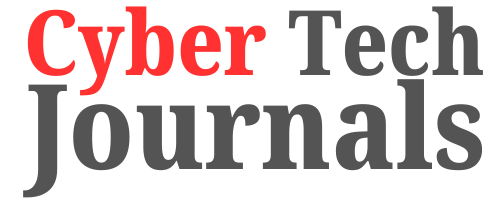
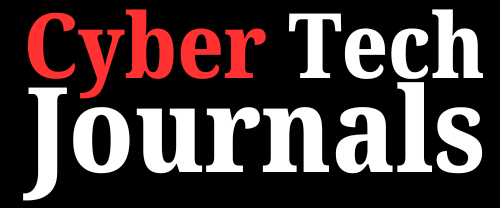
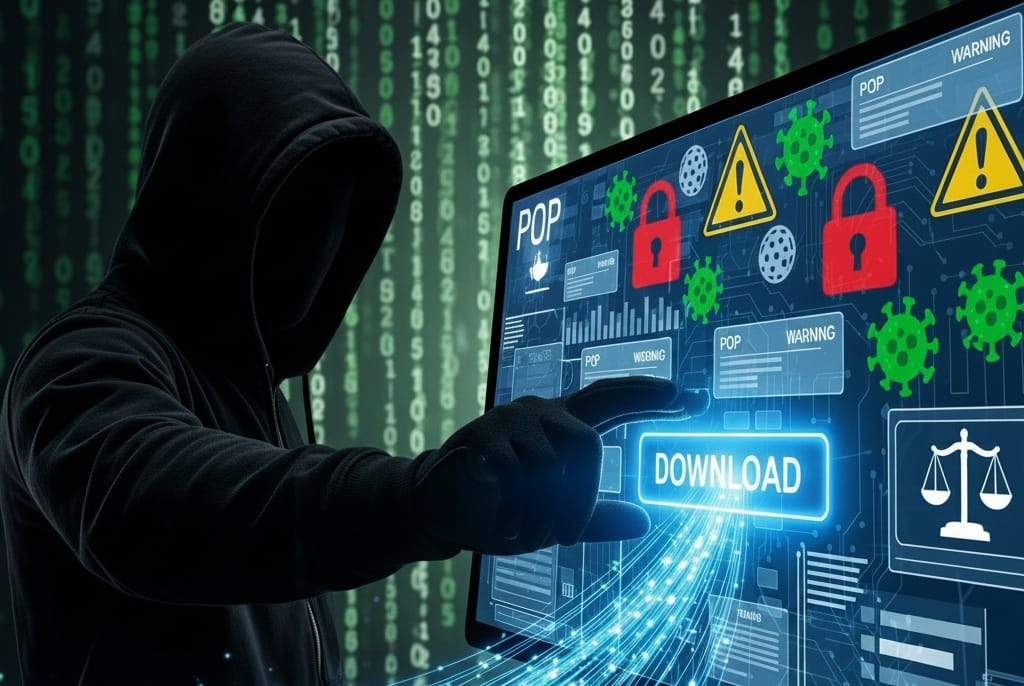


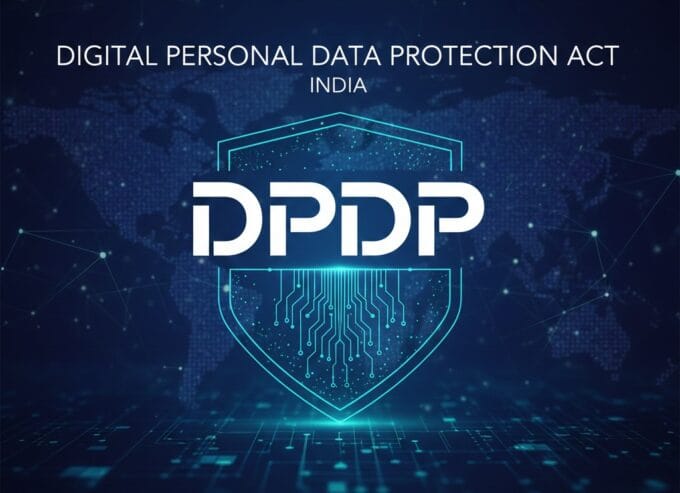
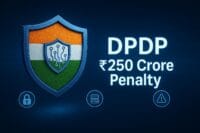

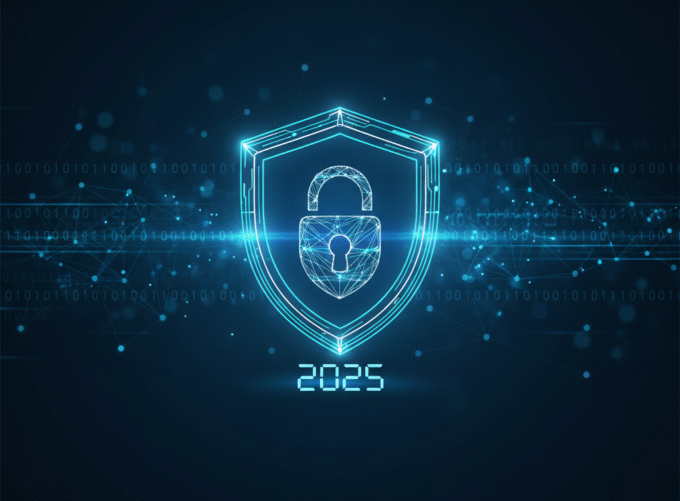
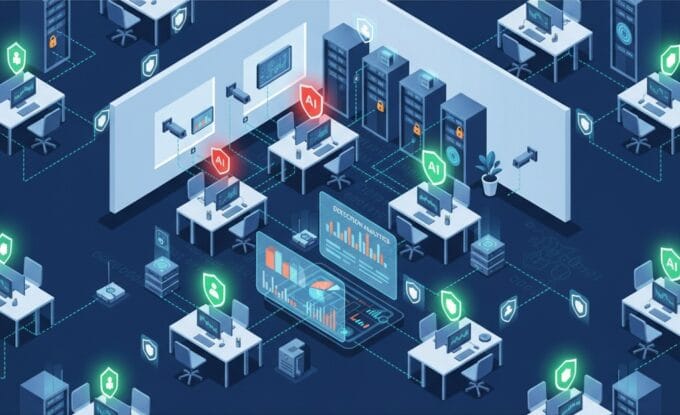

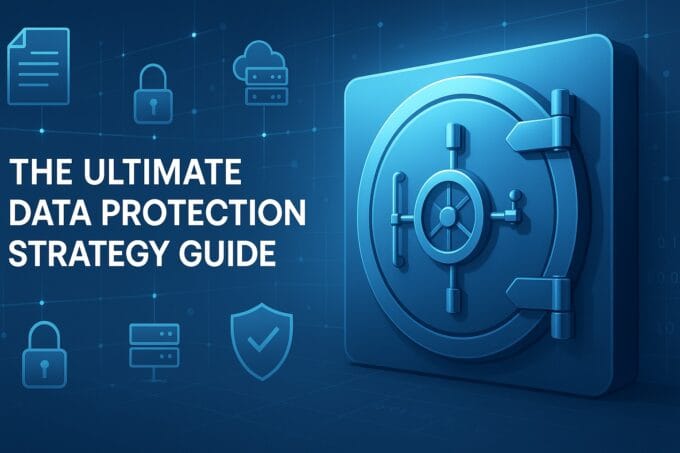



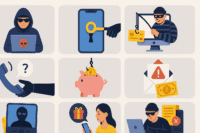

Leave a comment